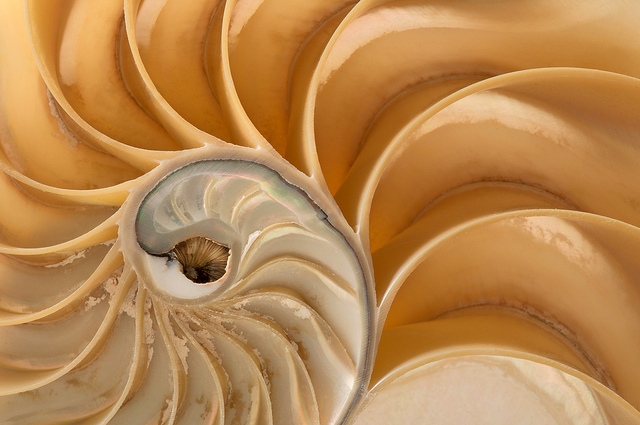[This post is modified from Bio-Inspired Buzzwords: Biomimicry and Biomimetics]
I don’t think a week goes by without someone asking me about biomimicry. I’m happy to comply, as the principles and practices of biomimicry is so core to sustainable design (and so fun to talk about!). One question that arises often is:
“What’s the difference between Biomimicry and Biomimetics?”
When exploring the topic of biomimicry, it is easy to become confused by the terminology you find, particularly when translated from a different language. As former Outreach Director for The Biomimicry Institute, former Project Lead for Swedish Biomimetics 3000, Co-Founder of BCI: Biomimicry for Creative Innovation, and current Director of MCAD’s MA in Sustainable Design program, it’s something I’ve spent a lot of time thinking about. Here are my thoughts on those two terms.
The word biomimicry was coined by Janine Benyus many years ago (1997) when she came out with her book Biomimicry: Innovation Inspired by Nature. Her book is a collection of stories describing the work of scientists, engineers, and inventors who were translating their fascinating observations of functional strategies found in biology into innovative technologies. Before this book came out, this inspired-by-Nature approach to invention and innovation was referred to with terms like bionics, bio-engineering, or biomimetics. Benyus recognized that these terms might feel too technical and off-putting for her readers (mostly people interested in Nature), so she came up with the term ‘biomimicry’, which she felt was more approachable.
Benyus wanted to share these new ways of viewing and valuing Nature and what she saw was the great potential for biomimicry to help us achieve sustainable innovation. This book was incredibly well received and Benyus went on to found The Biomimicry Guild, The Biomimicry Institute, and now Biomimicry3.8. The work of B3.8 is focused on inspiring and teaching people how to look at Nature as “model, measure, and mentor”, including how Nature defines sustainability, and how to create more sustainable designs.
If you took a course in biomimicry, you would spend time with and/or in Nature discovering how Nature uses combinations of forms, processes, and systems to accomplish desired functions, and then imaging how these strategies could be used to solve human challenges. You would leave the course with new and renewed connections with and respect for Nature, lots of fantastic ideas for bio-inspired designs, and tremendous inspiration for the potential of bio-inspired innovation to solve the world’s biggest challenges, which you will no doubt want to share with others.
Biomimetics (one of the approaches that Benyus wrote about) refers to the technical translation and realization of functional strategies used by biological organisms or systems in Nature. The goal for biomimetics is to create incredibly novel radical technologies that outperform or even displace existing technologies and, in doing so, result in financial reward.
The process of biomimetics might start with observations and research by scientists who work to figure out how specific functions or processes are performed by biological organisms or systems, typically through a unique combination of chemistry and morphology. The results of this research are abstracted and translated by a combination of scientists and engineers into an idea (which resides in their imagination) and then into a design (which is put on paper). Working from this design, engineers, in consultation with scientists, work to create an innovation (a functioning technology) which represents the realization of the bio-inspired idea. At this point, the engineer must work with the likes of designers, patent lawyers, marketing strategists, and business experts to turn the innovation into a viable commercializable product. Anyone who has attempted it knows that commercializing any innovation is a daunting and often impossible task. Biomimetic innovation, which usually falls under the heading of radical innovation, is even more challenging; however, the results can be revolutionary.
Biomimicry is focused on inspiration, ideation, and education, with the explicit goal of sustainability and reconnecting people with Nature. To be successful, biomimicry practitioners need support from designers, subject matter and/or technical experts, as well as business specialists to yield commercially viable innovations.
Biomimetics is focused on scientific translation, radical technological innovation, and commercialization, with the goal of developing better technologies that lead to financial success. Sustainability is not an explicit goal. I believe that biomimetic practitioners should seek new and renewed connections with, and respect for, Nature, and then strive to create sustainable designs.
Both biomimicry and biomimetics face the same great challenge of forwarding radically different thinking, approaches, and innovations in an otherwise conventional world. I believe that if we want to foster and forward radical sustainable bio-inspired innovation (and any truly sustainable innovation must be radical and probably bio-inspired), we also need to radically transform ourselves and our organizations by applying the endless lessons we can learn from Nature and our own human nature.

